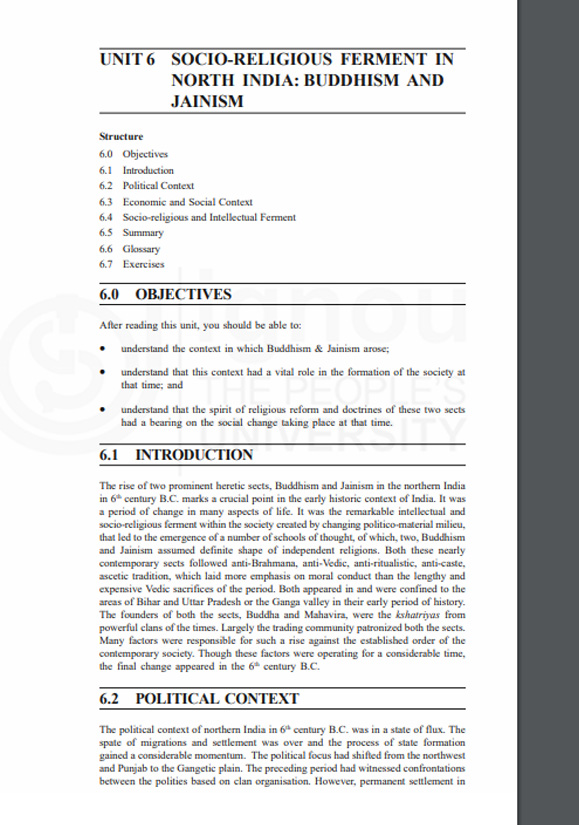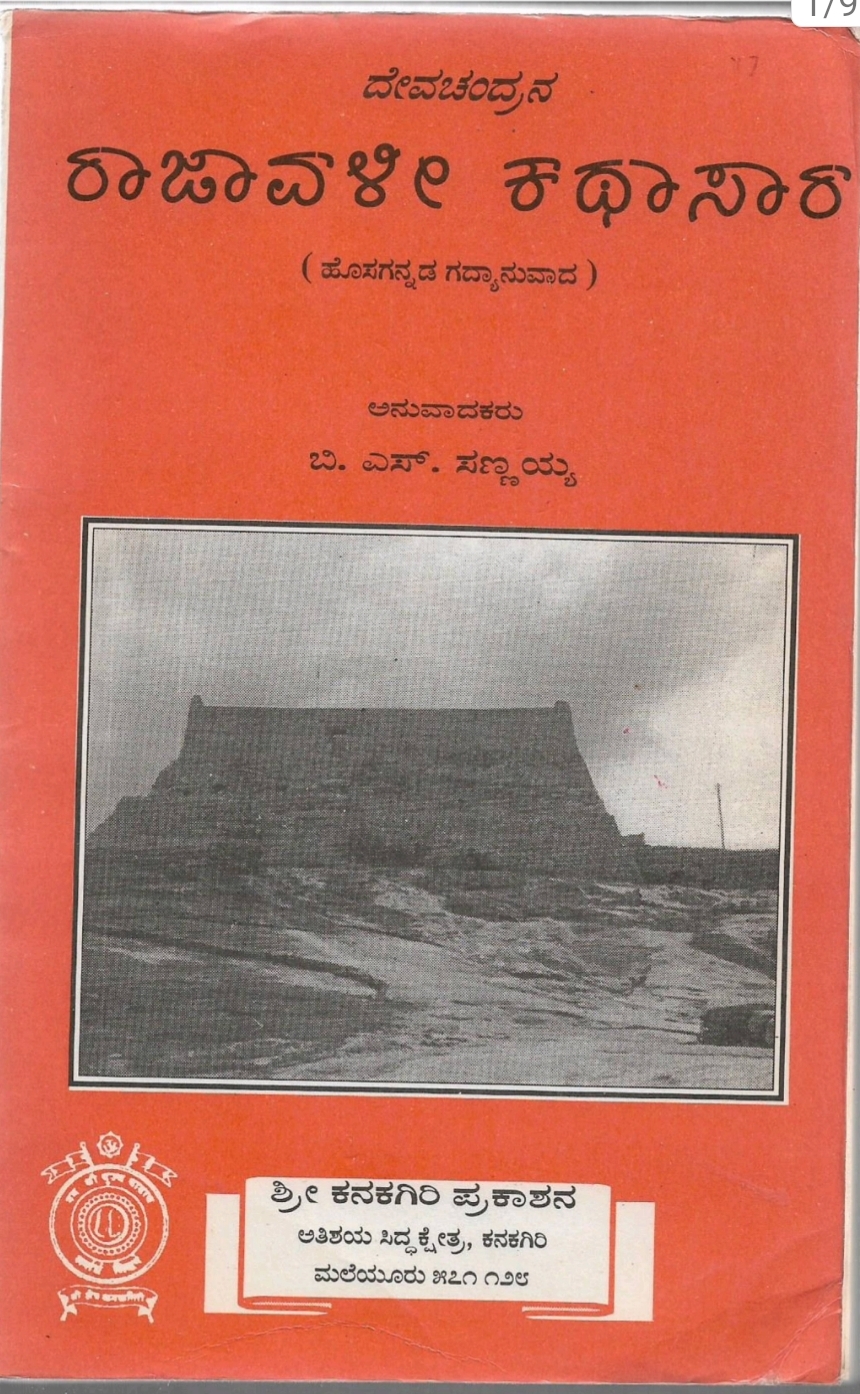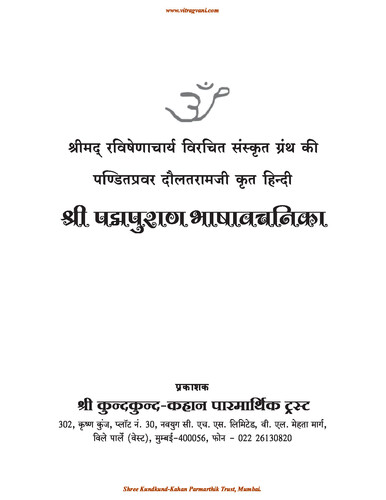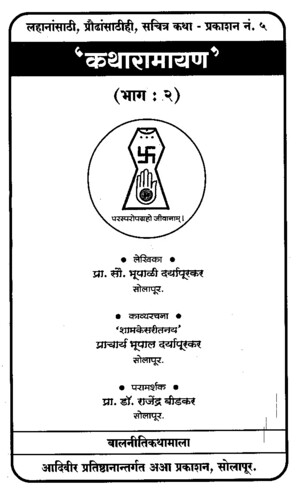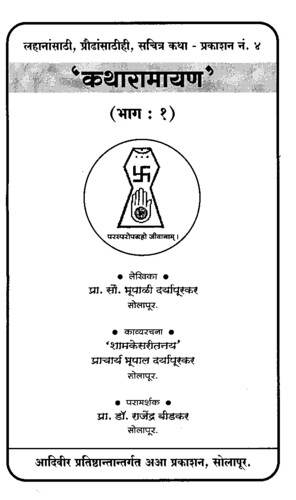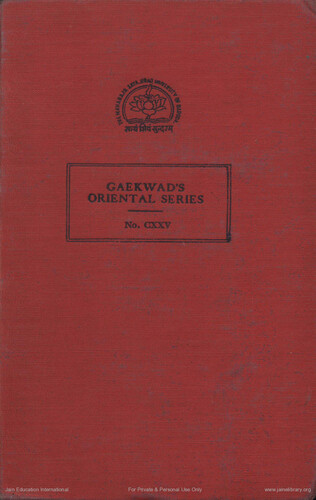Unit-6 Socio-Religious Ferment in North India
(0 Reviews)
The rise of two prominent heretic sects, Buddhism and Jainism in the northern India in 6 century B.C. marks a crucial point in the early historic context of India. It was a period of change in many aspects of life. It was the remarkable intellectual and socio-religious ferment within the society created by changing politico-material milieu, that led to the emergence of a number of schools of thought, of which, two, Buddhism and Jainism assumed definite shape of independent religions. Both these nearly contemporary sects followed anti-Brahmana, anti-Vedic, anti-ritualistic, anti-caste, ascetic tradition, which laid more emphasis on moral conduct than the lengthy and expensive Vedic sacrifices of the period. Both appeared in and were confined to the areas of Bihar and Uttar Pradesh or the Ganga valley in their early period of history. The founders of both the sects, Buddha and Mahavira, were the kshatriyas from powerful clans of the times. Largely the trading community patronized both the sects. Many factors were responsible for such a rise against the established order of the contemporary society. Though these factors were operating for a considerable time, the final change appeared in the 6 th century B.C.
Language title : Unit-6 Socio-Religious Ferment in North India
Author : Ajay Mahurkar, V. Shah
Publisher : Published 2017
Category : Articles
Sub Category : History - Itihas
Advertisement



